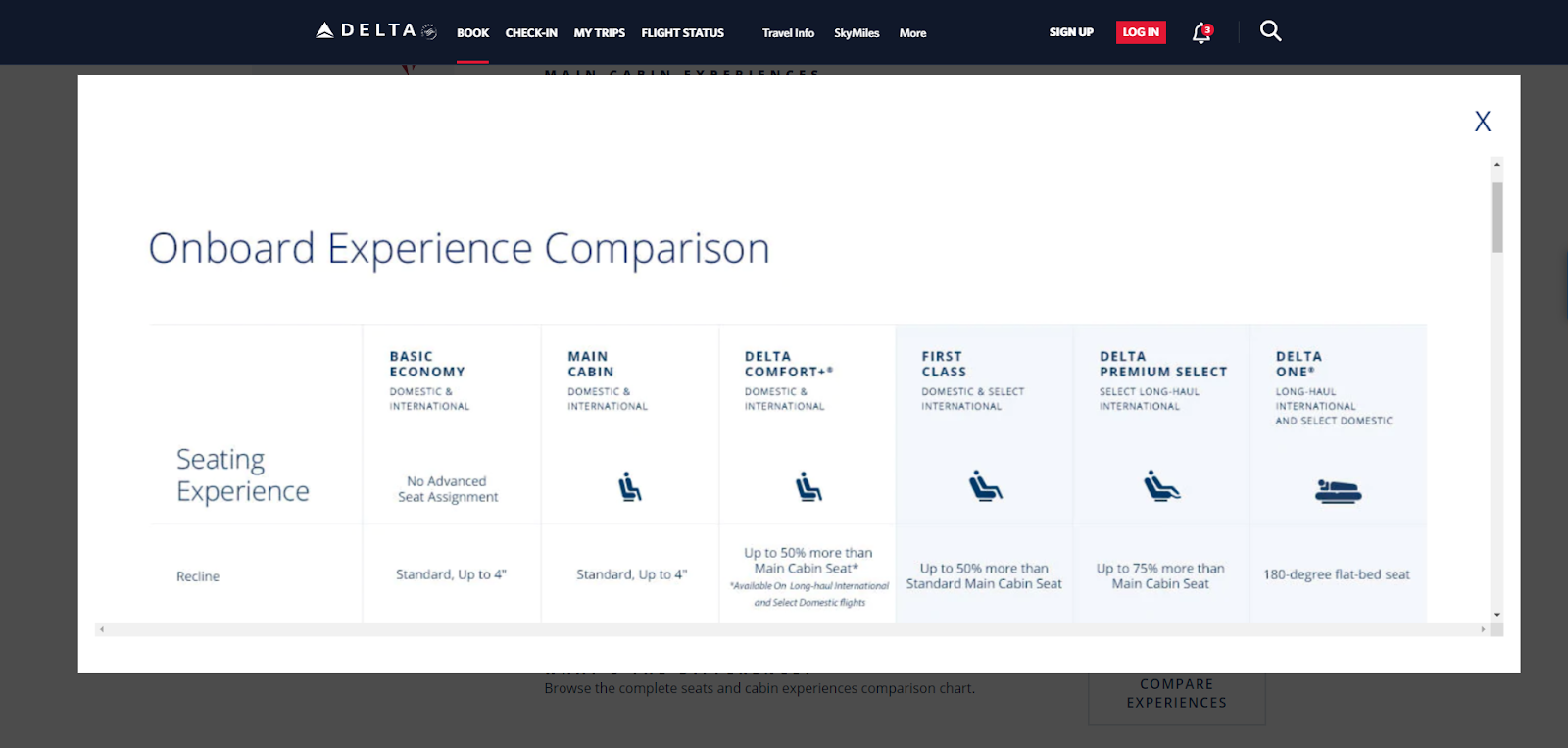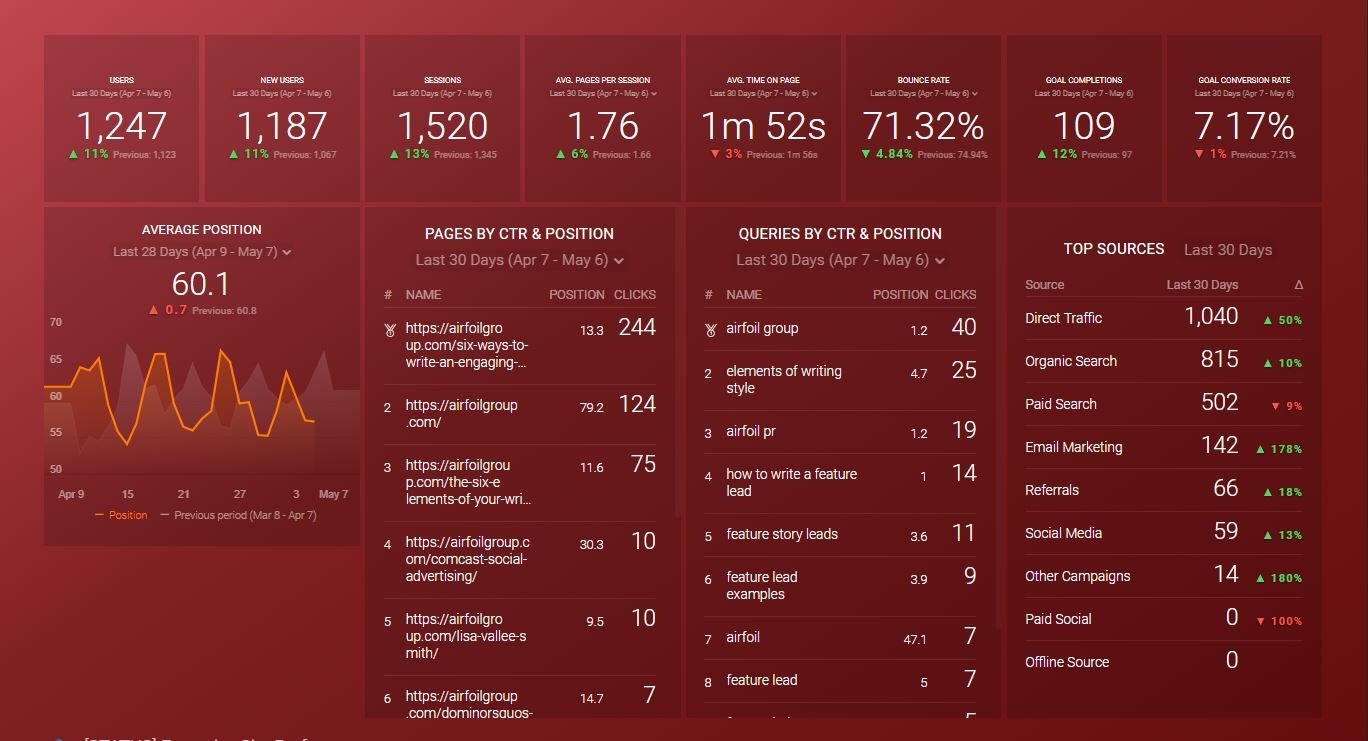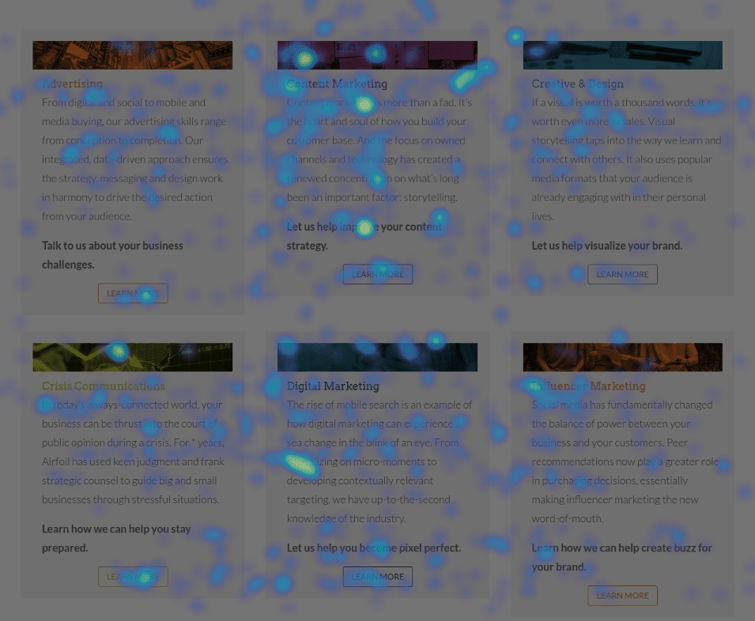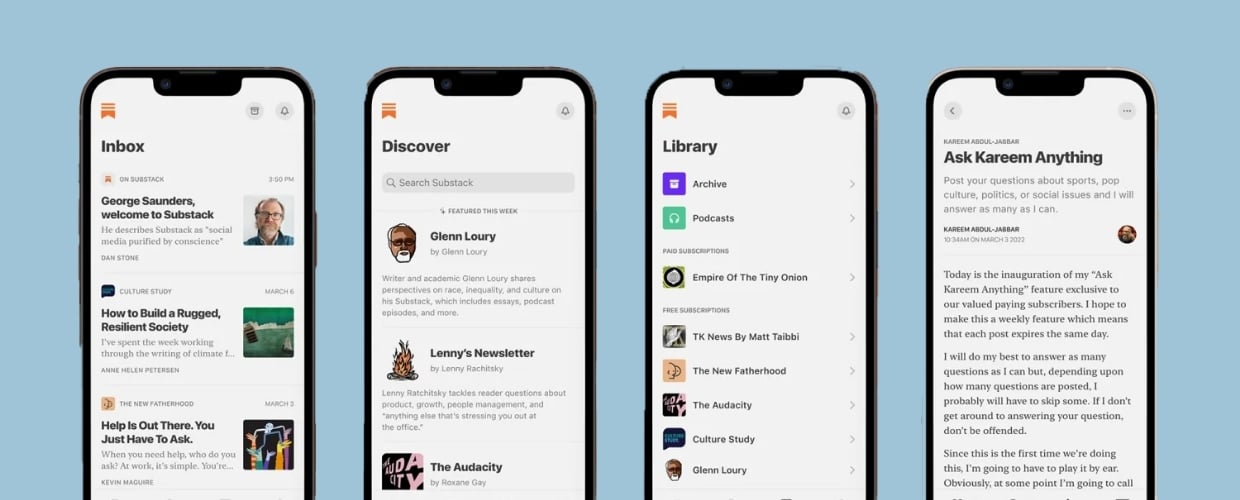Picture this: You’ve just redesigned your website. The marketing team wants more website traffic and better engagement. Sales wants more qualified leads to work. The CEO wants more sales. You need to prove that your website performance is working, and you need to prove it fast.
Your IT team has set up an analytics monitoring tool (Google Analytics is pretty standard, and it’s free to use), and they’ve shown you how to monitor your website performance. You can view reporting pages and see sources that are leading to actual website visitors. The only problem is, once you get traffic to your website, how do you know what they’re doing?
Worse yet, you’re investing in Facebook and Google ads, but you can’t actually tell if they’re helping your business at all. You assume that the boosted exposure is helping, but you aren’t 100% sure.
This is an all-too-common issue that many companies face, from mom-and-pop shops to enterprise-level corporations. One study shows that 82% of marketers find measuring conversion performance to be “somewhat” or “very” challenging. However, as long as you’re adhering to privacy laws, you can measure everything that a user is doing on your website.
By understanding your customer journey from first engagement to last, you can start to pinpoint which website actions take them from “I’ve heard of them” to “I’m a long-time customer.”
Identify Your Customer Journey
If you believe that your customers will purchase from you immediately after hearing about you for the first time, you’re in for a surprise. Only a small percentage of customers will see your online ad and become your customer right away.
Most customers will run through three phases before they purchase from you or submit their information to you as a lead:
- Awareness: Users begin with the research phase. They’re usually seeking a solution to a problem, and their goal is to become more educated about what’s out there. To address customer needs during the research phase, you’ll need to consider two big questions: “Does my website have enough information about our offering?” and “How can we satisfy one or many customer needs?”
- Consideration: Once a user has conducted research to determine what can solve their problem, they shift their focus to who can solve their problem. In this stage, they’ll likely be considering a number of companies, products, and services to determine the best fit. To address the consideration phase, you’ll need to ask yourself: “Does our website adequately differentiate between specialized products and solutions?” and “Do you provide enough information about each product or service to help customers choose what is right for them?”
- Decision: After a customer has considered their options, they’re ready to take action. Depending on your business, they may purchase from your online shop or submit a form to connect with the sales team. Something for you to consider: Does your website have a clear call to action for each of your offerings?
It’s important to note that a customer journey doesn’t just apply to new customers. Previous customers might be looking to check out a new product or service, and existing customers may want to reorder from your business.
Every business will have a unique customer journey. Some journeys can take two to three months, while others can take one or two days. Regardless, you’ll likely discover that your customers follow a consistent process.
Think of Conversions On Primary, Secondary, and Tertiary Levels
Typically, when you think of conversions, you probably think of sales or lead generation. That’s sensible, as these conversions are essentially how you measure your bottom line. However, a conversion is any desirable action that someone takes on your website or app. As mentioned earlier, site visitors usually take a few more actions on your website between the first touchpoint and a sale.
To determine whether the number of conversions you’re tracking is a good number or not, you’ll want to measure the conversion rate, which is the number of conversions divided by the number of visitors to your website over a period of time.
In order to gain a full understanding of your website and marketing performance, you need to be able to break down primary, secondary, and tertiary conversions.
What are primary, secondary, and tertiary conversions?
Primary conversions are the conversions that you focus on the most and monitor closely -- the conversions you use to measure true success for your business.
Secondary conversions are a little less valuable than primary conversions, but they are still strong indicators that your visitors are considering buying from you or connecting with your sales team.
Tertiary conversions can help you measure the value of your content and ensure that your website positions your company as trustworthy and reputable.
Another way to look at it is:
- Primary conversions are closely related to the decision phase.
- Secondary conversions are closely related to the consideration phase.
- Tertiary conversions are closely related to the awareness phase.
Conversion rates for primary conversions are usually lower than that for secondary conversions, which will be lower than the conversion rate for tertiary conversions. You should target a 1% to 3% conversion rate for your most valuable website actions. Over time, you can learn where your website stands and begin to optimize later on.
What types of conversions do different businesses monitor?
Not every business is modeled the same, which means that meaningful conversions for every business are different, too.
B2B/Lead Generation

E-Commerce

Conversions in the “Awareness” Phase
Let’s assume you’ve discovered that you’re getting significant traffic to a few blogs on your website. These blogs are ranked high on search engines for certain search phrases. Due to a variety of factors, the engines determined that your content was very helpful for people with a particular question or problem. Here are some tertiary conversions you can track during the awareness phase:
Video Playthroughs: Your website might have a series of videos revealing your new product line or a webinar that explains new updates in your industry (while plugging your services, of course). You can set up conversions to trigger once someone views a certain percentage of your video or watches it all the way through. While tracking video views are helpful, tracking playthroughs can tell you the number of fully engaged video viewers. As a bonus, if you place a certain call to action (CTA) or offer near the end of your video, you can accurately tell how many people saw that offer.
Scroll: Similar to the video playthrough conversion, adding a conversion to any web page that triggers when someone scrolls past a certain point is another fantastic way to measure reader engagement. Many analytics tools already track pageviews, so this will help you measure the percentage of visitors that actually read all of the content.
View Content CTAs: Similar to the scroll conversion, you can also create a CTA on your post to “Read More” after you get past the introductory paragraph. This effectively measures the number of visitors that actually digested the page’s content.
Perhaps there’s a lot of information on your website that you want to share, but it’s too much to fit all on one page. You can create a CTA directing visitors to a second page that guides them down the funnel toward conversion. If this idea seems a bit complex, check out this example from Delta Airlines. This CTA opens up a lightbox that further educates the visitor on the differences in flight seating arrangements.


Searches: Tracking the volume of searches on your website is a smart idea for two reasons: (1) It’s another way to measure website engagement, and (2) you can record what people are searching for on your website.

Monitoring search queries will help you paint a clear picture of which products and categories are the most popular among your audiences. They’ll also reveal which products and categories you might want to expand upon if they don’t already exist.
Conversions in the “Consideration” Phase
Once you understand how well your content resonates with research-minded visitors, you can start looking at activity related to the consideration phase. For the most part, these are all secondary conversions that help indicate whether target audiences are interested in your offerings and are considering buying or working with your company.
Newsletter Sign-Ups: Most of these visitors do not intend on purchasing during their first visit to your website or blog. However, they might be interested in receiving further information while they consider their options. Using a form builder for your website, you can collect email addresses for your newsletter distribution. However, you shouldn’t consider newsletter sign-ups as leads at this stage! Being too pushy about sales may turn people away from becoming customers later on in their journey.
Add to Cart: “Add to cart” activity is an excellent measure of how many site visitors show intent to buy something, but then drop off. Approximately 72% of shoppers in the U.S. abandon their online shopping carts. Sometimes they’re adding items in their cart to purchase all at once at a later date. Other times, they simply don’t have the funds to complete the purchase at that time. Either way, you can use these conversions to create remarketing campaigns or upsell strategies based on a visitor’s purchasing intent.
Here’s a real-world example: You may have recently visited Amazon to add a handful of items to your cart. You didn’t complete the purchase because you’re at work (and honestly, you shouldn’t be shopping on Amazon during your status meeting). You forget about your abandoned cart until 36 hours later, when you start seeing ads on Facebook for the exact things you intended to buy. Behind the scenes, Amazon recognized your “add to cart” actions, so they’ve sent you subtle reminders to purchase when it’s more convenient for you to do so.
Initiate Checkout: A step further down the purchase funnel, tracking how many people reach the checkout page and then drop off is a key indicator of additional intent to purchase. If you track these conversions, you can monitor the percentage of people that actually complete their order. If you feel that your drop-off rate is too high, you may want to use a behavioral analytics tool such as Hotjar to examine the user experience of your checkout page. That way, you can ensure people aren’t running into errors.

For example, behavioral monitoring tools can help you recognize when your sales on mobile devices have dropped due to a pop-up blocking the payment method fields. In another instance, you might discover that customers can’t complete a lead form because website CSS distorts the submit button.
PDF Downloads/Case Study Downloads: If someone has decided that your company is in the running to solve their problem, they’ll probably be looking to get more information from you. If you host downloadable content on your website (whether or not it’s gated by an email capture form), you’ll want to track the number of downloads for each piece of content. Downloaded materials such as product manuals or printable forms may reveal that a visitor is inching closer to being a customer.
Call Tracking: Depending on your business goals, call tracking can fall in either the primary or secondary conversion groups. For e-commerce, a call would typically be a secondary conversion, as it’s an indicator that a prospective customer is trying to get more information about your product. A call could also come from a current customer who has questions about their account. We’ll cover the context of call tracking being a primary conversion later on.
In any event, you can track whether someone clicks on your phone number from an ad or your website. Tools such as CallRail can create masked phone numbers to help you trace the source of each call you receive.
Contact Form Submissions: Similar to call tracking, contact form submissions can be either primary or secondary conversions depending on your business goals. When you’re running an e-commerce company, a contact form submission might be from a customer asking questions about your product. You could also receive contact form submissions from existing customers who are looking to re-order or make updates on their account.
Conversions in the “Decision” Phase
You’ve now identified different types of conversions to help measure your awareness among site visitors, as well as confirm that your product or service might be a fit for them in the consideration phase. Let’s talk about the last step: identifying primary conversions in the decision phase.
Sales/Purchases: You’ll definitely want to know when someone buys something from your online shop or submits a form with payment information. Not only will you want to track every sale, but you’ll want to work with your analytics platforms to track a few variables. When tracking purchases, consider tracking order IDs, product identifiers, purchase values, and currencies if you are able to. This will help you measure the ROI of different marketing platforms much more easily.
Lead Capture Form Submissions: This is different from someone downloading a PDF on your website or submitting their email address for a newsletter. Your lead capture form should be designed to capture more than just an email address.
When you prompt someone to connect with your sales team, you’ll want to make sure they’ve submitted additional relevant information. This additional information will help you serve them the right content or connect them with the right personnel at your company. This will help nurture the lead -- which is really important, because you can waste a lot of money by not nurturing leads.
At a minimum, your lead capture form should include the information below:
- Name
- Phone
- Qualifying Information/Areas of Interest
- Questions/Concerns/Messages
Account Creation: Account creations are fantastic conversions to monitor, because even if a person isn’t ready to purchase at the moment they sign up, they show a great deal of interest in purchasing from you in the near future. Again, think Amazon: Creating an account is valuable, because you submit data and preferences that helps them identify products and services you might enjoy later on.
Think about how you can nurture “account creators” through email and paid social advertising. With a robust analytics platform, it’s possible to trace the products and services each user is interested in. After they’re grouped into a certain audience or segment, they can be directed with coupon codes or specials that entice them to purchase sooner than they originally planned.
Meeting Schedulers: When you’re a B2B company, it’s important to track how many calendar meetings your visitors have set up through a tool such as Hubspot. Meetings and introductory phone calls regularly lead to future sales, so it’s best to know which channels set you up with the most meetings.
Call Tracking: If you’re a B2B company, you likely get a lot of calls from people looking to do business with your company. An advanced CRM or call-tracking system will connect calls to customer profiles (once they are created), so you can learn which sources lead to high-intent calls.
App Downloads: This might sound obvious, but you’ll also want to track app downloads if you have a mobile app! You should go beyond tracking installations by analyzing other important conversions, such as purchases, event registrations, and content views. Those insights will help you measure which app features are used most frequently.
Conversions Don’t Stop At New Customers
You’ve got the customer, so now the buyer journey is complete, right? Not quite! Whenever a customer has a new need, they’ll revisit the buyer’s journey once again.
If an existing customer purchased one product from you, they’ll likely be interested in purchasing the next version. Maybe you had a customer for a 12-month contract and they’re interested in starting a new one. Essentially, they restart the buyer’s journey from square one, and you can track the activities they make to renew or reorder.
Similarly, if you track account cancellations or app uninstalls, you can determine whether the lifetime value of your customers matches what your business needs to grow.
What’s Next?
In order to decide which conversions to track, you must first identify the types of visitors you attract, the timing of their visits, and the context of their visits. You can dramatically change how you evaluate conversions from your marketing mix if you make these changes now:
- Identify Your Goals and KPIs
- Track Events
- Review Progress Regularly
Talk to the key stakeholders in your organizations and discuss your business goals. After you set those goals, you can determine key performance indicators (KPIs) that measure how well your marketing helps reach those targets. From these conversations, you should be able to identify conversions that will help you accurately track KPIs.
Google Analytics is one of the most recommended tools for tracking website performance, but doesn’t track all events on a website by default. We recommend using Google Tag Manager to record events in Google Analytics based on triggers such as purchases, button clicks, and form submissions.
Once events are recorded properly in Google Analytics, it’s best to set goals based on triggered events and assign values to each conversion. Online purchases should be associated with an order-value parameter, and leads should be assigned a value that makes sense for your business.
Once Google Analytics is recording ideal events, you can monitor attribution paths to measure which sources are leading to the most conversions over time. These reports make it easier to calculate Return on Investment (ROI) and Return on Ad Spend (ROAS) to determine which marketing channels are most efficient and deserve further investment.
Next Steps:
If you’re ready to audit your website and marketing conversions, drop us a line here. We’ll be happy to help you out.





